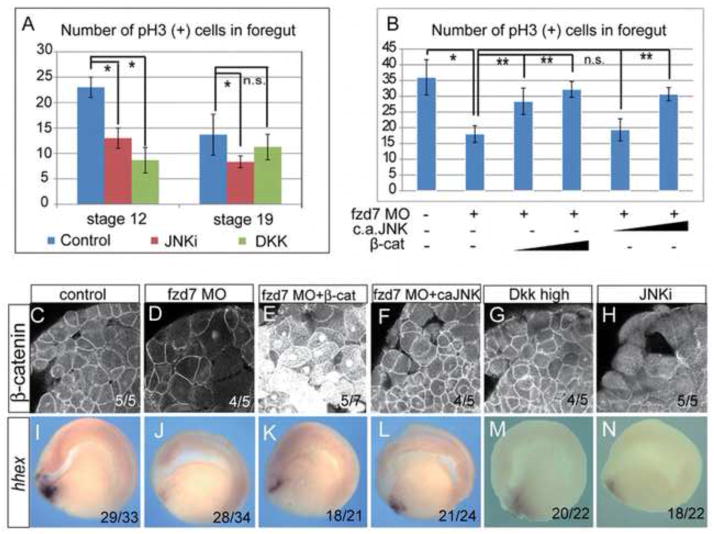Figure 6. Fzd7 signals via both β-catenin and JNK coordinate foregut cell proliferation, gene expression and cell morphology.
(A) Inhibition of either Wnt/β-catenin or JNK pathways reduced foregut cell proliferation. Embryos were either injected with RNA encoding Dkk1 (500 pg) to block the Wnt/β-catenin pathway or treated with the cell soluble JNK inhibitor SB600125 (JNKi; 100 μM). Mean number of PH3 positive cells in the foregut +/− S.D. *p<0.05 and ** p<0.01 compared to controls (n=4 embryos/condition). (B) Activation of either β-catenin or JNK signaling rescued cell proliferation in Fzd7 morphants. Embryos were injected with fzd7-MOs (50 ng) with or without RNA encoding a constitutively active JNK (c.a.JNK; 200 pg) or a hormone inducible GR:Lef-βCTA (β-cat; 200 pg) activated by 1 μM dexamethasone at stage 11. Mean number of P-H3 positive foregut cells at stage 12 +/− S.D. *p<0.05 relative to control and **p<0.05 relative to fzd7-MO alone in Student’s t-test (n= 4 embryos/condition). (C–H) Fzd7/JNK signaling regulates cell shape. Confocal immunostaining of β-catenin at stage 20 showed that c.a.JNK injection (F) rescued the cell-size defects in Fzd7 morphants (D), whereas activation of the GR:Lef-βCTA (β-cat) did not (E). The JNK inhibitor (JNKi) caused a reduction of cytoskeletal β-catenin and increased cell size (H), phenocopying fzd7-MO (D), whereas Dkk1 (1.5 ng) had no effects on cell morphology (G). (I–N) Both Fzd7/β-catenin and Fzd7/JNK regulate gene expression. In situ hybridization to stage 20 embryos showed that co-injection of either GR:Lef-βCTA (β-cat) (K) or c.a.JNK (L) restored hhex expression in Fzd7 morphants (J), whereas the JNK inhibitor (N) or high levels of Dkk1 (1.5 ng) (M) suppressed hhex. The number of embryos with the illustrated phenotype is indicated in each panel.

